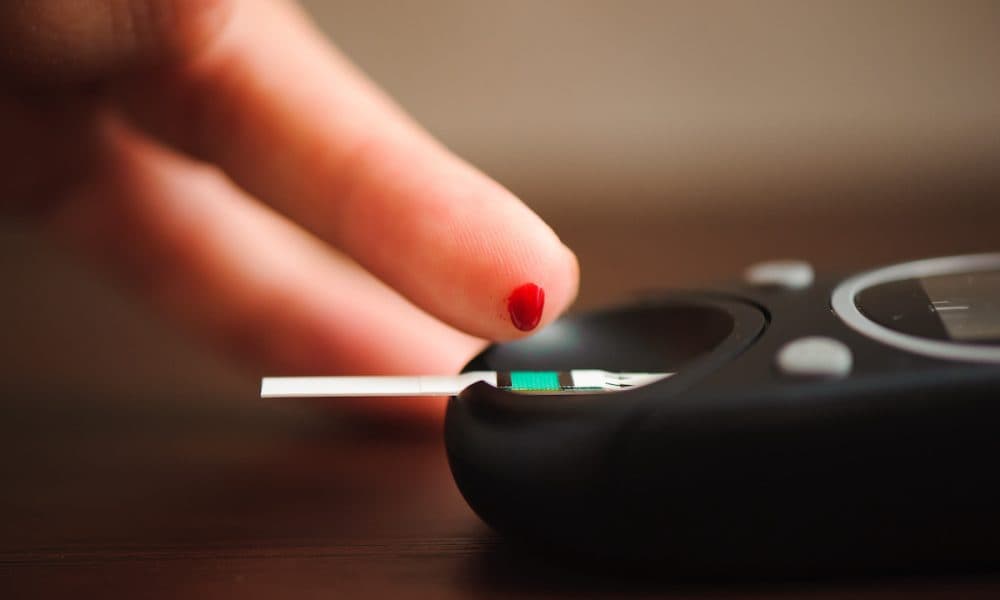
Researchers are investigating the use of earpiece microphones to spot early signs of Alzheimer’s disease.
People with Alzheimer’s exhibit a loss of motor control along with cognitive decline. One of the earliest signs of this decay can be spotted in involuntary eye movements known as saccades. These quick twitches of the eyes in Alzheimer’s patients are often slower, less accurate, or delayed compared to those in healthy individuals.
“Eye movements are fascinating since they are some of the most rapid and precise movements in the human body, thus they rely on both excellent motor skills and cognitive functioning,” said researcher Arian Shamei.
Detecting and analysing saccades directly requires a patient to be monitored by eye-tracking equipment, which is not easily accessible for most people.
Study researcher Miriam Boutros and her colleagues, including study lead Rachel Bouserhal, are exploring an alternative method using a more ubiquitous and less intrusive technology: earpiece microphones.
“We are using a device called a hearable,” said Boutros.
“It is an earpiece with in-ear microphones that captures physiological signals from the body. Our goal is to develop health-monitoring algorithms for hearables, capable of continuous, long-term monitoring and early disease detection.”
Eye movements, including saccades, cause eardrum vibrations that can be picked up by sensitive microphones located within the ear. The researchers are conducting experiments with volunteers, giving them both hearables and conventional eye trackers.
Their goal is to identify signals corresponding to saccades, and to differentiate between healthy signals and others that are indicative of neurological disorders like Alzheimer’s.
They hope one day their research will lead to devices that can perform non-invasive continuous monitoring for Alzheimer’s along with other neurological diseases.
“While the current project is focused on long-term monitoring of Alzheimer’s disease, eventually, we would like to tackle other diseases and be able to differentiate between them based on symptoms that can be tracked through in-ear signals,” said Shamei.







